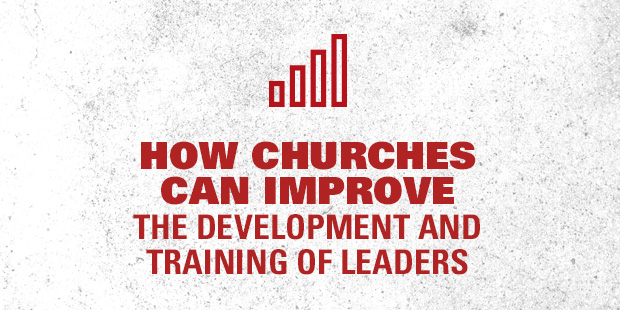This is the golden age of “The Conference.”
It seems like there is a new conference every week. I’m finding it hard to keep up with all of the options…huge gatherings with dynamic speakers, experts in the field sharing meaningful insights, live streaming if I can’t attend. Digital media to download, tweets to read and write, blogs to scour, books, free and otherwise, to pour over…all of it for some golden insight that will propel me forward…
What are your favorites?
Who are your favorite speakers?
I’m pretty sure it is possible for today’s ministry leader to completely fill his/her schedule by attending the conference circuit. It is also probable that your favorite speakers can spend their year, full-time, on the conference circuit.
With all of the conferences, video streaming, digital media, and books there is really no need to DO anything. I suppose their are ministry leaders today who actually think they are making a difference by attending conferences. (Side comment: perhaps that is one of the reasons why Christians today in America actually think they are making a difference by attending church. They follow our lead.)
Don’t get me wrong, I have been a recipient of the gift of wisdom/insight by attending conferences. Yet, there came a time in my ministry leadership that I needed the wisdom and transformation that came by executing what I already knew. The conferences kept adding to my pool of knowledge, but assisted my internal resistance to act. Real learning for me has been caught more than taught. I caught it by integrating the ideas into my living…struggling, succeeding, reevaluating, and trying again.
Check out Jesus’ pattern of multiplication in Luke 9 & 10. Gathering and sending and checking-in…
So, in place of conferences, I have been learning to adopt that “gathering/sending/checking-in” pattern into my life.
Here are the 4 indispensable leadership investments that have helped me do that. Spending money and time here has brought about a great return on investment.
Collegial Friendships
The networking and immersion in thoughts and ideas largely delivered TO ME at conferences was beneficial at some level. However, it was the mutual consideration of those ideas in my local mission context WITH the support of brothers and sisters that actually inspired me to try and encouraged me to keep going.
Focused-support (coaching)
To have someone who is devoted to my goals, to my ideas, to my effectiveness as a leader has been invaluable. To have someone who has no agenda for me, but my agenda for me, has been empowering. To have someone willing to hold my feet to the fire and challenge my assumptions and push me to DO what I said I would DO has been crucial.
Applying new ways of being does not happen simply through exposure to content in a classroom setting. The learning process is accelerated when people can test new ideas in their own lives, share their successes and challenges in a circle of supportive colleagues, support and learn from others, and recommit to their goals with renewed enthusiasm and new strategies.
Coaching provides an environment in which people can reflect openly about how their thoughts and emotions keep them stuck in old patterns. When people are clear about what they want, and what’s in the way, only then can they focus their energy on removing or reducing these obstacles. Coaching provides more clarity, more accountability, more community. The outcome is the reaching of goals more efficiently, with less floundering and more focus.
Clarity
While Conferences and books have given me some great ideas and stimulated my thinking and dreaming, there comes a time for execution. And in order to execute, I needed to do the hard work of figuring out how all of the disconnected ideas fit together in my local context where my leadership was needed.
Getting clear about me; about the personal “what”, “why”, “how”, “when”, and “where” has freed me.
And, getting clear about us; about the corporate “what”, “why”, “how”, “when”, and “where” has ignited us.
Strategic Outsiders who Became Friends
I have never been afraid to ask for help. I have never been unwilling to make an investment to surround myself with those who could bring to me/us what we needed. And, God is timely. Whether it was Norb Oesch or Steve Wagner from PLI, Lynn Schoener, or my teammates at Auxano, Jim Galvin, or Les Stroh, God has always placed interested participants to guide me and encourage me. These friends have meant everything.
As you think about your journey as a ministry leader, are you open to asking for help from a strategic outsider? Are you prepared to do the hard work of clarity? Are you vulnerable enough to allow someone to provide focused-support? Are you ready for deeper friendship and collegiality?
What are your indispensable leadership investments?
Read more from Jeff here.

Tags: Jeff Meyer, Leadership Engine, Staff Development
|
What is MyVisionRoom? > | Back to Leadership >


































